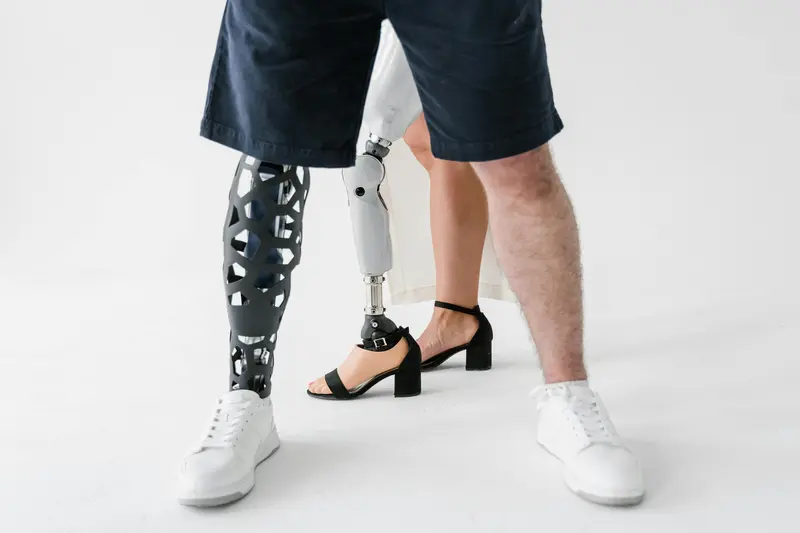A team from the University of California, Merced (USA) has invented a quirky yet quite promising device. material With each strike against it, it becomes harder and harder.
Experts consider such “adaptive durability” to be one of the most important characteristics of materials. It ensures the protection of the product from damage and resistance to destruction even in the harshest conditions.
Inspiration is in corn starch.
The team was inspired to create a new material by corn starch. Unlike wet sand, which maintains a constant viscosity regardless of whether it is mixed or compacted, corn starch behaves like a liquid when stirred gently and like a solid when whipped quickly. This difference in behavior is due to the size of the particles, the publication explained. Science Alert .

California researchers wanted to see if they could achieve similar results in a polymer material. The team started with so-called conjugated polymers, whose molecules help materials conduct electricity while remaining soft and elastic.
With a certain combination of molecules, scientists created a film that deformed or stretched in response to sudden impacts. The faster the impacts, the stiffer the material became.
According to researchers, the choice of two positively charged and two negatively charged polymers creates a material with ultra-small structures, resembling miniature meatballs in a bowl of tangled spaghetti. These “meatballs” absorb impacts without completely breaking apart, preserving the material and its conductivity.
What is it needed for? this material
“There are a number of potential applications for it, and we are excited to see where this new, unconventional property will lead us,” said the lead author of the study, Yue Wang.
If this material is produced on a large scale, it will be used in many areas, according to the inventors. For example, it could be used to manufacture smart watch straps, sensors, medical monitors (such as for cardiovascular system research or measuring glucose levels), various gadgets, and clothing.

Personalized electronic prosthetics are another potential application of the new material. Researchers hope that in the future, it will be possible to print limb prosthetics using a 3D printer.
This invention is yet another testament to how materials can change our lives. future .
